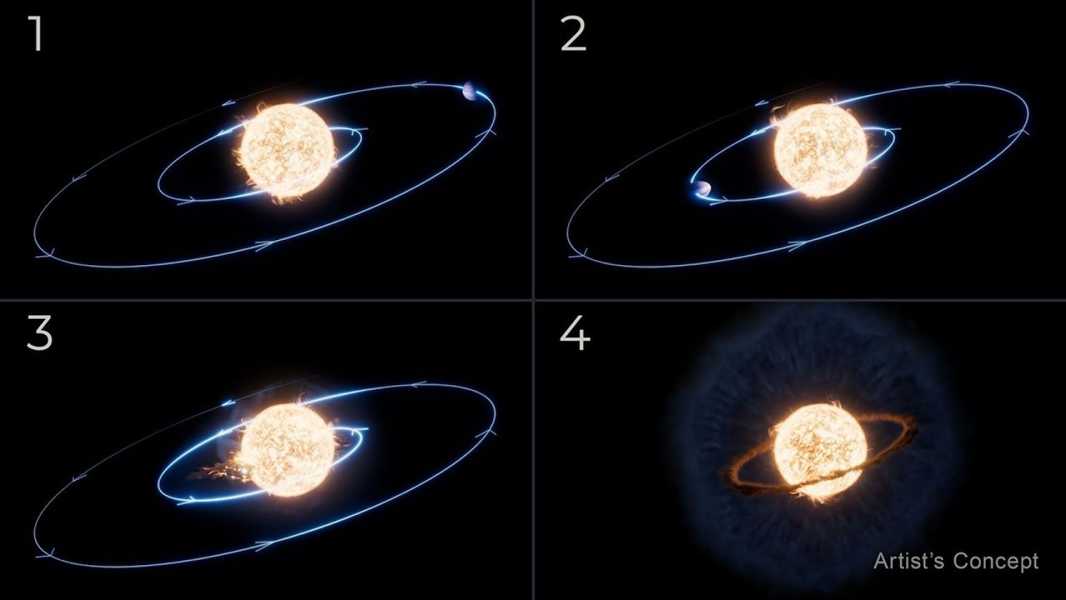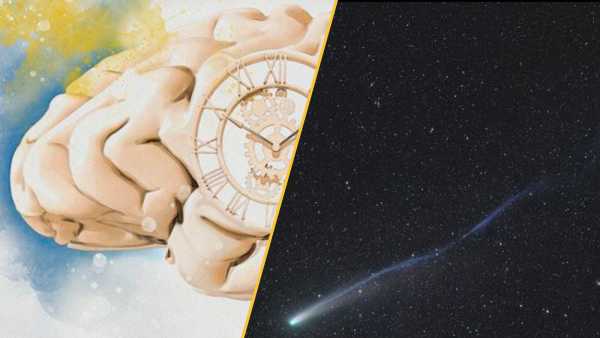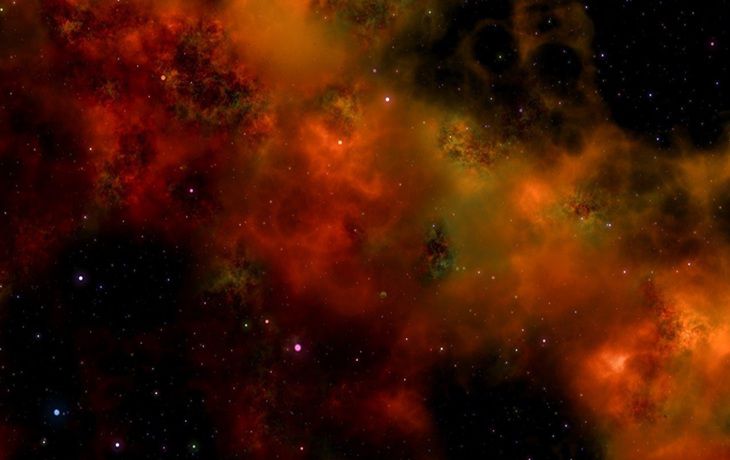
JWST observations of what is believed to be the first documented case of a planet being swallowed up have shown that the star did not swell to swallow the planet, but rather its orbit gradually shrank over time, as illustrated in this artist's concept. (Image credit: NASA, ESA, CSA, R. Crawford (STScI))
In 2020, astronomers first recorded what appeared to be a planet being swallowed by a star. However, new data suggests that something different actually happened.
The planet certainly met its fate at the behest of its star, but the mechanism now looks very different. Instead of the star expanding, it actually pulled the planet in closer until it was swallowed up, according to new data from NASA’s James Webb Space Telescope (JWST). This new discovery is also an exciting first — even if it doesn’t match astronomers’ initial predictions. The researchers reported their findings April 10 in The Astrophysical Journal.
“It’s not every day that we see something like this,” lead author Ryan Lau, an assistant astronomer at the National Science Foundation’s National Laboratory for Optical and Infrared Astronomy in Tucson, Arizona, told Live Science. This is “likely the first observed in situ planet-swallowing event.”
You may like
Sourse: www.livescience.com





